- Home
- Articles
- Architectural Portfolio
- Architectral Presentation
- Inspirational Stories
- Architecture News
- Visualization
- BIM Industry
- Facade Design
- Parametric Design
- Career
- Landscape Architecture
- Construction
- Artificial Intelligence
- Sketching
- Design Softwares
- Diagrams
- Writing
- Architectural Tips
- Sustainability
- Courses
- Concept
- Technology
- History & Heritage
- Future of Architecture
- Guides & How-To
- Art & Culture
- Projects
- Interior Design
- Competitions
- Jobs
- Store
- Tools
- More
- Home
- Articles
- Architectural Portfolio
- Architectral Presentation
- Inspirational Stories
- Architecture News
- Visualization
- BIM Industry
- Facade Design
- Parametric Design
- Career
- Landscape Architecture
- Construction
- Artificial Intelligence
- Sketching
- Design Softwares
- Diagrams
- Writing
- Architectural Tips
- Sustainability
- Courses
- Concept
- Technology
- History & Heritage
- Future of Architecture
- Guides & How-To
- Art & Culture
- Projects
- Interior Design
- Competitions
- Jobs
- Store
- Tools
- More
Plumbing with Precision: How Quality Installations Shape Sustainable Buildings
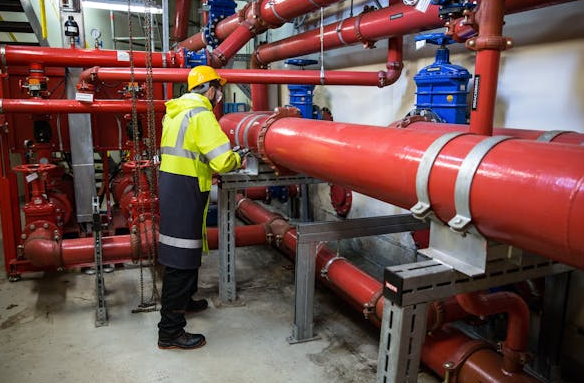
Sustainability is no longer a fringe idea in architecture—it’s become foundational. From smart HVAC systems to solar-ready roofs, today’s buildings are expected to do more with less. But one area that often gets overlooked in green design? Plumbing.
Whether you’re sketching out a single-family home or blueprinting a multi-use development, your design’s long-term sustainability hinges on what’s happening behind the walls. Precision plumbing—the kind that’s efficient, leak-proof, and thoughtfully laid out—plays a critical role in meeting environmental goals. And it’s not just about pipes and pressure. It’s about making water work smarter, not harder.
For architects and designers aiming for certifications like LEED, plumbing isn’t just a service call—it’s a strategic decision. Partnering with trusted professionals, like L&P Plumbing in Watertown, Connecticut, ensures your systems are optimized from the ground up, not patched together once construction is already underway.
Let’s break down how the right plumbing strategy supports the bigger mission of sustainable building—while keeping your designs functional, future-ready, and undeniably smart.
Photo by Marianna Zuzanna from Pexels
Table of Contents
ToggleWhy Plumbing Matters More Than You Think
Ask most people what makes a building sustainable, and they’ll likely point to solar panels or triple-glazed windows. But water efficiency is just as crucial. According to the U.S. Green Building Council, water use accounts for 14% of total energy use in commercial buildings alone. That means your plumbing system has a direct impact not only on water conservation, but on energy savings, too.
Poor plumbing design leads to:
- Excess water waste
- Increased energy demand for heating
- Higher risk of leaks and mold
- Inefficient appliance performance
By contrast, professional-grade plumbing systems are designed to minimize all of the above while extending the overall lifespan of the building. That’s not just sustainable—it’s smart economics.

Smart Design Starts with Smart Flow
Sustainability in plumbing isn’t about adding more components—it’s about streamlining what already exists. Good plumbing design maps water distribution so it takes the shortest, most efficient route to its destination. That means fewer turns, shorter pipe runs, and better material choices.
Key features of sustainable plumbing layouts include:
- Compact core design (grouping bathrooms and kitchens together)
- Hot water recirculation loops to prevent waste while waiting for warm water
- Zoned systems that let users isolate plumbing to certain areas
- Minimal dead legs to avoid water stagnation
The result? A system that not only performs better but requires less energy to operate—and less maintenance over time.
High-Efficiency Fixtures: Small Changes, Big Impact
Not every green upgrade requires a total overhaul. High-efficiency fixtures are one of the fastest and most cost-effective ways to reduce water use without compromising user experience.
Consider:
- WaterSense-certified toilets that use 1.28 gallons per flush vs. the standard 1.6+
- Low-flow faucets and aerators that deliver 1.5 gallons per minute instead of 2.2+
- High-efficiency showerheads that cut water use in half without affecting pressure
When installed by trained professionals, these fixtures do more than reduce consumption—they enhance building performance and comfort. Quality installation means no leaks, proper pressure balance, and long-term reliability.
Greywater Systems: Closing the Loop
If there’s one upgrade that immediately boosts a building’s sustainability profile, it’s a greywater recycling system. Greywater refers to wastewater from sinks, showers, and laundry—essentially everything except toilets.
Professionally installed greywater systems can:
- Reuse water for flushing toilets or irrigation
- Reduce demand on municipal supply
- Lower overall water bills
- Contribute to LEED points and other green certifications
But these systems are complex. They require proper filtration, backflow prevention, and coordination with local codes. That’s where licensed plumbing experts step in—ensuring compliance, safety, and performance from day one.
Leak Detection & Prevention: A Sustainability Must
A single leaky faucet can waste over 3,000 gallons of water per year. Now imagine what that looks like across an entire apartment complex or office building. Leak detection systems—especially smart, sensor-based ones—have become essential components of modern plumbing strategy.
They work by:
- Monitoring pressure changes
- Identifying unusual flow patterns
- Sending alerts when leaks are suspected
- Automatically shutting off valves if necessary
By integrating these systems during the construction phase, architects and plumbers can protect the building and its sustainability performance long before damage occurs.
Material Choices That Make a Difference
Sustainability isn’t just about how a system performs—it’s about what it’s made of. Choosing the right plumbing materials helps ensure durability, efficiency, and environmental responsibility.
Some materials worth considering:
- PEX piping for flexibility and lower heat loss
- Copper for longevity and antimicrobial benefits
- Stainless steel for industrial builds where corrosion resistance is key
- PVC and CPVC where budget constraints apply, with careful attention to chemical exposure
Quality plumbing services don’t just install materials—they help select the right ones for your project’s goals, codes, and budget.
Plumbing for LEED and Beyond
If you’re aiming for LEED certification (or similar frameworks like WELL or Passive House), plumbing design plays a key supporting role across multiple categories:
- Water Efficiency (WE): Points awarded for low-flow fixtures, greywater reuse, and overall water reduction
- Energy & Atmosphere (EA): Efficient hot water systems reduce the building’s energy load
- Indoor Environmental Quality (IEQ): Leak-free, mold-resistant systems support healthy indoor air
LP Plumbing and similar professionals often work closely with project managers and LEED consultants to ensure all plumbing decisions align with the certification process—from documentation to inspections.
Why DIY Won’t Cut It in Sustainable Builds
It might be tempting to treat plumbing like a “basic” trade, but in green construction, the margin for error is razor-thin. Small mistakes—like incorrect pipe sloping or poor insulation—can have a ripple effect across energy, water usage, and structural durability.
Professional plumbing services offer:
- Code-compliant installations
- Advanced layout planning tools
- Coordination with HVAC, electrical, and architectural systems
- Up-to-date product knowledge
- Accountability from licensed professionals
And when the plumbing team understands the design vision, everyone wins. Fewer call-backs. Smoother inspections. Better final outcomes.

How L&P Plumbing Supports Smarter Building Projects
Designers in and around New England are increasingly partnering with local pros like L&P Plumbing in Watertown, Connecticut because they bring more to the table than a toolkit. They bring precision, foresight, and a collaborative spirit that meshes well with the needs of sustainable architecture.
Whether it’s installing high-efficiency fixtures in a new residential build or retrofitting an older property with leak detection tech, companies like L&P ensure the plumbing work isn’t just functional—it’s future-proof.
Building Sustainability is a Team Effort
Architects don’t work in silos. Neither should plumbers. The best building outcomes happen when every trade—design, engineering, and construction—communicates early and often.
Here’s how you can integrate plumbing into your sustainable design process more effectively:
- Loop in your plumber during schematic design, not just construction
- Share your goals for certification and performance benchmarks
- Ask for fixture and system recommendations based on your specs
- Ensure cross-discipline coordination (especially with HVAC)
- Request documentation and testing support for LEED or WELL submissions
When you treat your plumbing partner as a collaborator—not a subcontractor—you raise the bar for what your projects can achieve.
Conclusion: A Better Building Starts with Better Plumbing
Sustainable design is about choices—thousands of them. And while plumbing might not get the same attention as your façade or floor plan, it has just as much impact on how a building performs over time.
Precision plumbing means more than just a neat install. It means smart layouts, efficient systems, leak-free living, and water that works harder for your clients and the planet. If you’re aiming to build spaces that truly last—and truly matter—don’t wait to bring the plumbing expert in.
They’re not just installing pipes. They’re helping you build the future.
Submit your architectural projects
Follow these steps for submission your project. Submission FormLatest Posts
3D Printed Homes: Time, Cost, and What to Expect
3D printed homes explained: realistic timelines (24–72h walls, 8–16 weeks total), true...
How a Contact Centre Boosts Trust in Your Building Business
In construction, trust is the glue that holds projects together. Clients need...
How Real Time Parcel Geolocation Is Redefining Last Mile Efficiency for Modern Businesses
Last mile delivery has become the most critical point in the customer...
How Can Small Spaces Stay Stylish and Relaxing?
In today’s fast-paced urban lifestyle, small living spaces are becoming increasingly common....




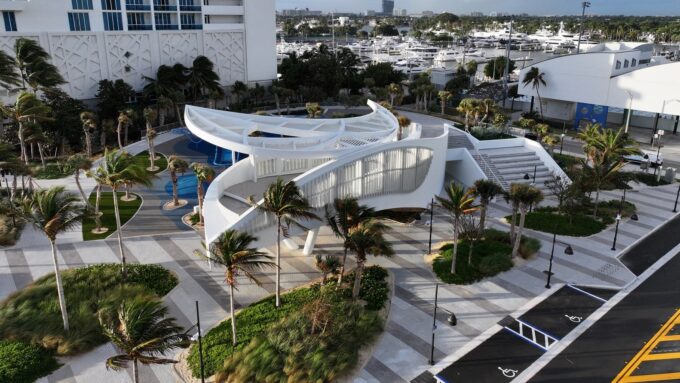

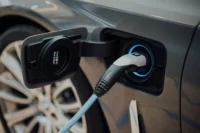
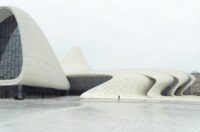
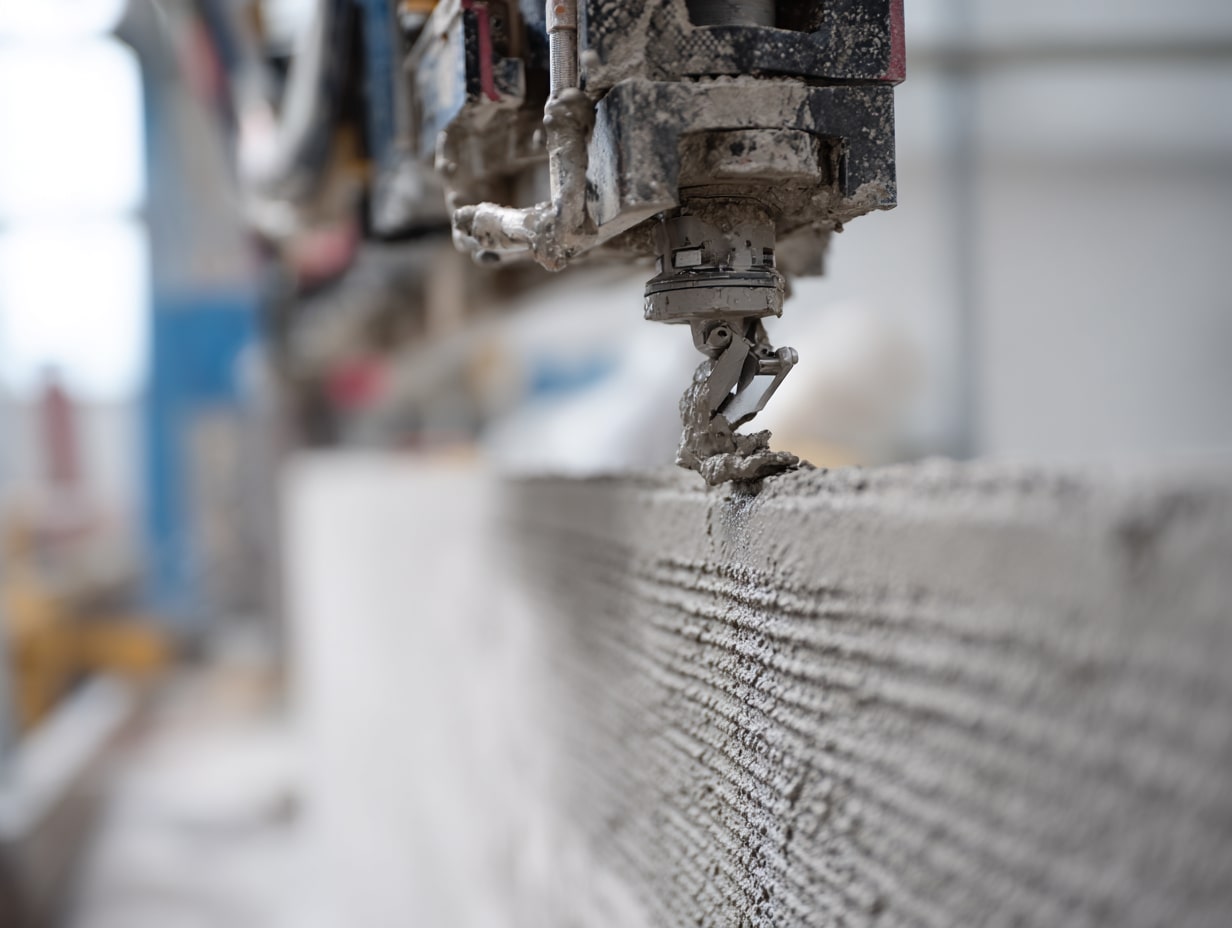



Leave a comment